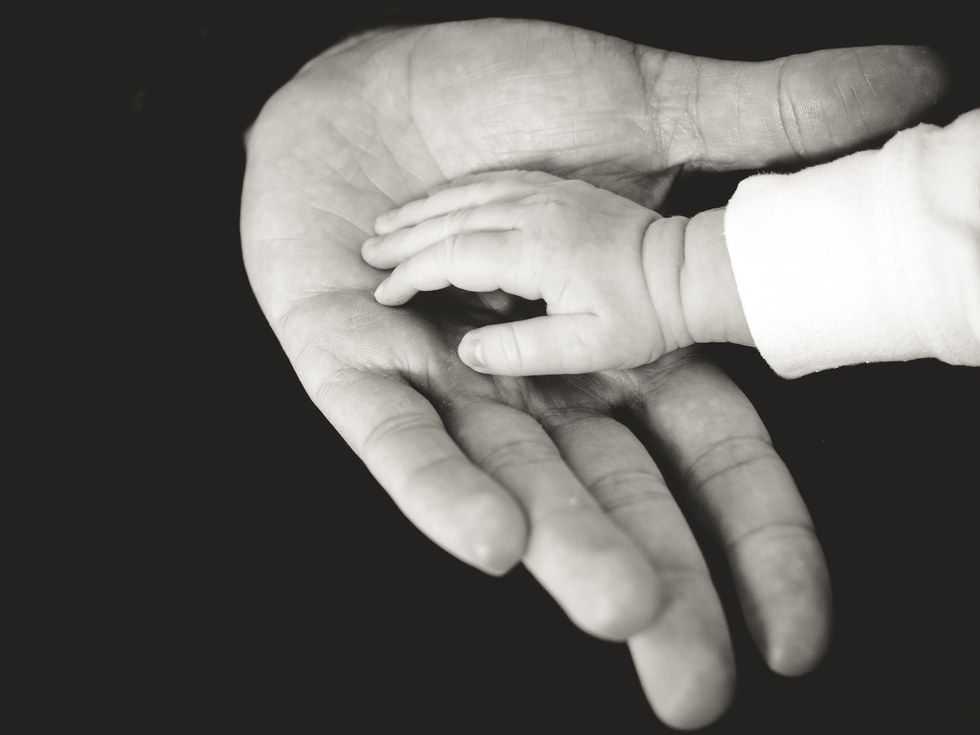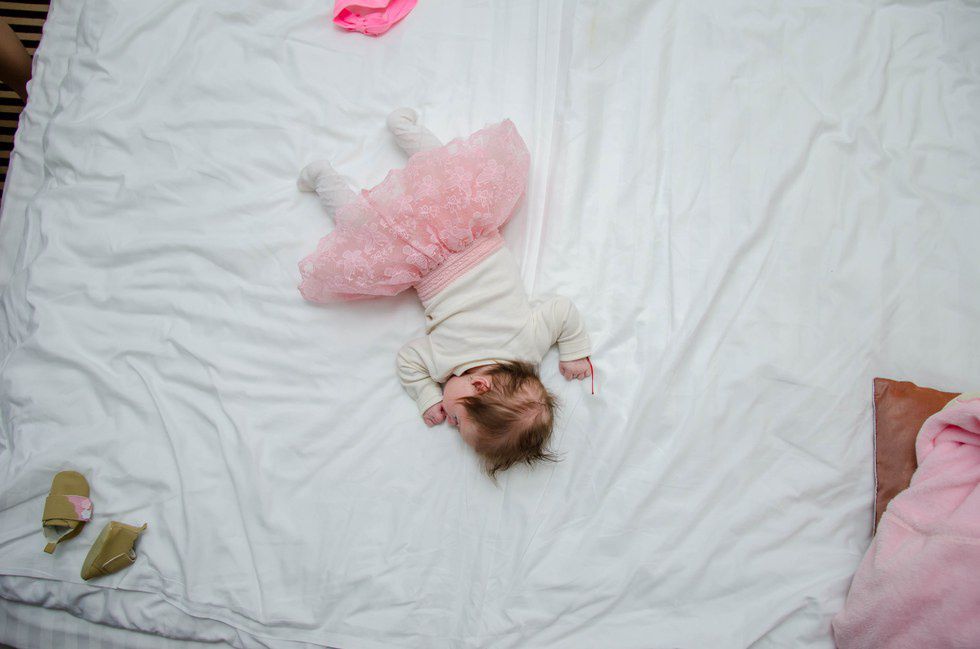For the past 15 years, adoption has been a popular alternative to childbearing. Families from the United States are heavily involved with both domestic and international adoptions. According to the 2015 Fiscal Year Report on adoption, California and Texas alone have more adoptions yearly than some entire countries do.
The United States currently is the leader in adoptions during the 2015 Fiscal Year. These ages range from 1 to 17 with the majority of those being females. Countries that follow in the yearly rate are China, the Ukraine and South Korea.
Adoption can seem like an intimidating process. You and your family are putting yourselves out there for an agency to take a chance on you with a human life. Questions of suitability arise and the whole affair can seem a little taxing, but the reward is incomparable to anything else.
“I cannot put into words the incredible emotions our family felt that day. The almost four year journey was hitting the high point,” says the Eden family who began their adoption process in 2004.
The United States, however, is seeing a major decline in their adoption rates after peaking in 2004 with 22,989 adoptions and ending 2015 with 5,647.
Why are adoption rates steadily declining as the years go by?
Adoption Institute mentions that adoption has had many radical changes to it that can affect the process overall. “Declines in international adoption, the impact of the internet and social media, the movement of access to information including original birth certificates and tools like genetic testing, the shift to more openness and the spread of marriage equality are just some of the elements of the changing landscape of adoption as well as the modern family.”
Some other elements that the adoption world is facing are the access to information, openness in adoption, re-homing, international adoptions, race relations and transracial adoption, birthrights, adoption equality and child Welfare working retentions.
One interesting trend that the adoption world has seen as far back since 1916 is that more families are requesting females over males. Female is the overwhelmingly preferred gender for adoptive parents by about 70 to 90 percent.
This is shifting the patterns seen in adoption because the amount of males up for adoption has become much larger due to the fact that females are in a much higher demand.
Females lead in categorize such as: gender of children adopted in the U.S. Foster Care system, gender of all adopted children in the U.S. under the age of 18, as well as gender requested by adoptive parents.
There are many reasons as to why parents prefer one gender or age over the other but that doesn't hide the fact that there are still many, many children out there in need of a home and a family.
If you are at all interested in domestic or international adoption, lookup adoption agencies within your area and listen to how this amazing act can greatly change your life for the better.
You are not just altering the course of a child's life when you decide to become an adoptive home, but you are giving children a new chance at a life that often times, seems so distant and unobtainable.
Take a chance to be a chance for a child.


























